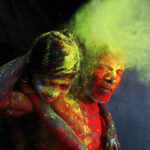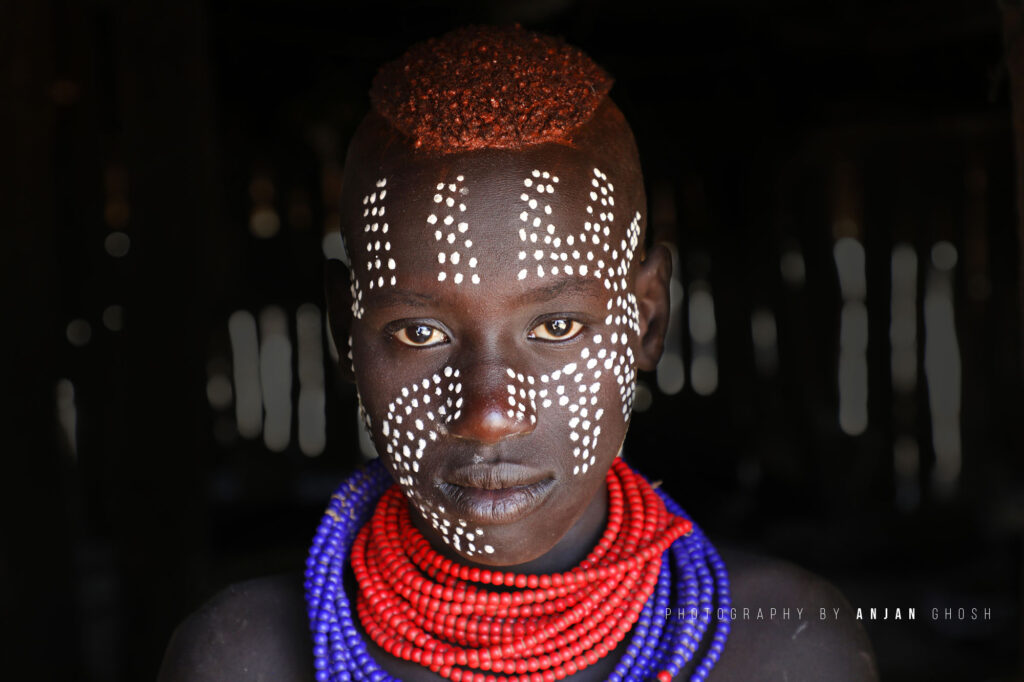Photography has a unique way of capturing moments, emotions, and stories. Yet, in today’s fast-paced digital age, the art of journal photography stands out as a tangible and intimate means of chronicling our experiences.
The Resurgence of Journaling
Journal photography, at its core, is the incorporation of photos into daily or regular journal entries. Much like how writers pen down their thoughts, experiences, and emotions, photography enthusiasts are now turning to journals to create a visual narrative. While digital photography allows us to capture thousands of images with ease, the act of selecting a specific photograph and placing it in a journal makes that moment even more special.
Creating Connections
What makes journal photography stand out is its ability to create a connection. Every photograph placed amidst handwritten notes or sketches tells a deeper story. There’s context, emotion, and a tactile sense of time and place. Flipping through the pages, one can almost feel the atmosphere of the day the image was captured.
A Therapeutic Process
The process of journal photography is therapeutic. After a day of shooting, photographers can take a moment to reflect, choosing the images that resonate most and journaling about the experience. It’s a meditative process, an intimate dance between words and visuals. It’s about slowing down, appreciating the details, and immersing oneself in the memories.
Tips for Starting a Photography Journal
1. Choose the Right Journal: Invest in a good-quality journal that can accommodate both writing and photographs. Some journals come with photo sleeves, while others are made of thick paper suitable for pasting photos.
2. Curate Your Photos: Instead of filling your journal with countless photos, be selective. Choose those that evoke strong emotions or tell a compelling story.
3. Add Context: Surround your photos with notes, sketches, or even mementos like tickets or dried flowers. It’s these little details that breathe life into your entries.
4. Consistency is Key: While you don’t need to journal every day, maintaining a regular schedule helps in creating a rhythmic narrative.
In Conclusion
Journal photography is a nostalgic nod to the past, a beautiful blend of traditional journaling and the timeless appeal of printed photographs. In an age dominated by digital screens, there’s something profoundly grounding about holding a journal filled with personal stories and cherished moments. Whether you’re a seasoned photographer or someone looking to document daily life, give journal photography a try. The joy it brings is unparalleled.










